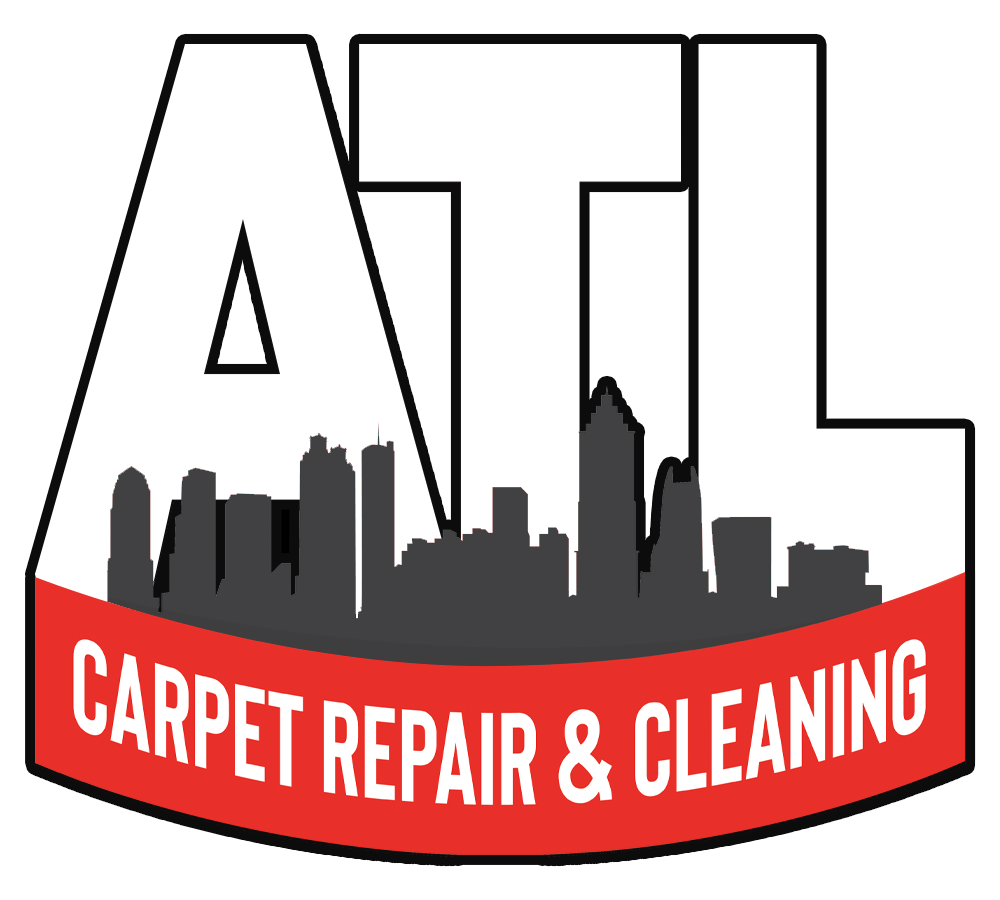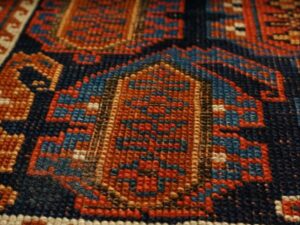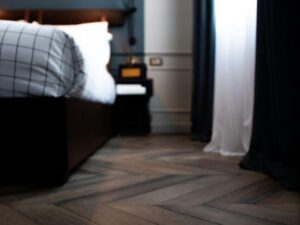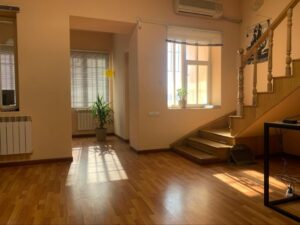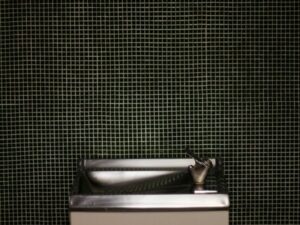Carpet stretching is a crucial aspect of floor maintenance and renewal that often goes overlooked. Over time, carpets can develop wrinkles, ripples, or bulges due to various factors, such as heavy furniture, temperature changes, or poor installation. Understanding the basics of carpet stretching is essential for maintaining a smooth and visually appealing floor. In this comprehensive guide, we delve into the key aspects of carpet stretching, its importance, and the professional techniques involved. Our friends at Carpetzone express the importance of carpet stretching and how it’s essential to act quickly once you see wrinkles or any other issues that will cause further damage. There are also several other reasons why it is important to stretch your carpet. Elimination of Ripples: Over time, carpets may develop wrinkles and ripples, compromising their aesthetic appeal. Carpet stretching is the process of removing these imperfections, restoring the carpet’s original smooth surface. Prevention of Trips and Falls: Loose or wrinkled carpets pose a significant tripping hazard. Stretching the carpet eliminates these dangers, creating a flat and secure surface that reduces the risk of accidents. Prolonging Carpet Lifespan: Regular stretching not only improves the appearance of your carpet but also contributes to its longevity. Wrinkles and ripples can lead to premature wear and tear, affecting the overall lifespan of the carpet. Visible Wrinkles or Ripples: The most apparent sign that your carpet needs stretching is the presence of wrinkles, ripples, or bulges on the surface. These deformities indicate that the carpet is no longer tightly secured to the subfloor. Difficulty in Closing Doors: If your carpet extends under doors, difficulty in closing them might be a sign of carpet bunching or wrinkling, requiring professional stretching. Uneven Appearance: An uneven appearance, with areas of the carpet appearing higher or lower than others, suggests an underlying stretching issue that needs attention. Carpet Lifting Around Edges: Carpets that are no longer tightly secured may lift around the edges, creating a tripping hazard and diminishing the overall look of the room. Power Stretching: Power stretching is a common and highly effective technique employed by professionals. It involves using a specialized power stretcher to adjust the tension of the carpet, removing wrinkles and ensuring a tight fit. Knee Kicker: A knee kicker is a handheld tool used for minor adjustments in carpet tension. While not as powerful as a power stretcher, it is suitable for smaller areas and can be a valuable tool in the hands of a skilled professional. Carpet Tack Strips: Tack strips are used to secure the edges of the carpet to the subfloor. During stretching, professionals may replace or reposition these strips to ensure a secure and long-lasting installation. Heat Activation: In some cases, heat activation may be employed to facilitate stretching. Heat softens the carpet fibers, making them more pliable and easier to adjust. This technique is particularly useful for carpets that have been installed for an extended period. While some homeowners may attempt DIY carpet stretching using tools like a knee kicker, achieving professional results often requires the expertise of trained professionals. Professional carpet stretchers have access to specialized equipment, such as power stretchers, and possess the skills and knowledge to address various carpet issues effectively.DIY attempts may lead to inadequate stretching, leaving residual wrinkles or, in the worst cases, causing damage to the carpet. Moreover, professionals can identify underlying issues, such as subfloor irregularities or poor initial installation, and address them to ensure a lasting solution. Assessment: Professionals begin by assessing the condition of the carpet, and identifying areas with wrinkles, ripples, or other issues that require attention. Furniture Removal: Before stretching, furniture and other obstacles on the carpet need to be removed to ensure unobstructed access to the entire surface. Subfloor Inspection: A thorough inspection of the subfloor is conducted to identify any irregularities or damage that may be contributing to the carpet issues. Power Stretching: The primary stretching process involves the use of a power stretcher. This tool applies controlled force across the length and width of the carpet, eliminating wrinkles and ensuring a tight fit. Tack Strip Adjustment: If necessary, professionals may adjust or replace tack strips to secure the carpet edges firmly to the subfloor. Trimming Excess: After stretching, any excess carpet is trimmed to ensure a neat and seamless appearance along the edges. Furniture Replacement: Once stretching is complete, furniture is carefully replaced, and the room is restored to its original layout. Regular Cleaning: Keep your carpet clean through regular vacuuming and professional cleaning to prevent dirt and debris from accumulating and affecting the carpet’s tension. Avoid Heavy Furniture: Minimize the placement of heavy furniture on the carpet, especially if it’s susceptible to indentations. Use furniture coasters or pads to distribute weight evenly. Control Temperature and Humidity: Fluctuations in temperature and humidity can impact carpet tension. Maintain a stable indoor environment to prevent the carpet from contracting or expanding. Address Spills Promptly: Accidental spills should be addressed promptly to prevent staining and potential damage to the carpet fibers. Professional Inspection: Periodically have your carpet professionally inspected to identify any emerging issues and address them before they escalate. In conclusion, carpet stretching is a vital aspect of floor maintenance that enhances the appearance, safety, and longevity of your carpeted spaces. Understanding the signs that indicate the need for stretching and the professional techniques involved can help homeowners make informed decisions about their carpet care. Whether opting for professional services or attempting a DIY approach, prioritizing the regular maintenance of stretched carpets ensures a comfortable and visually appealing living environment.The Importance of Carpet Stretching
Steps Involved in Professional Carpet Stretching

